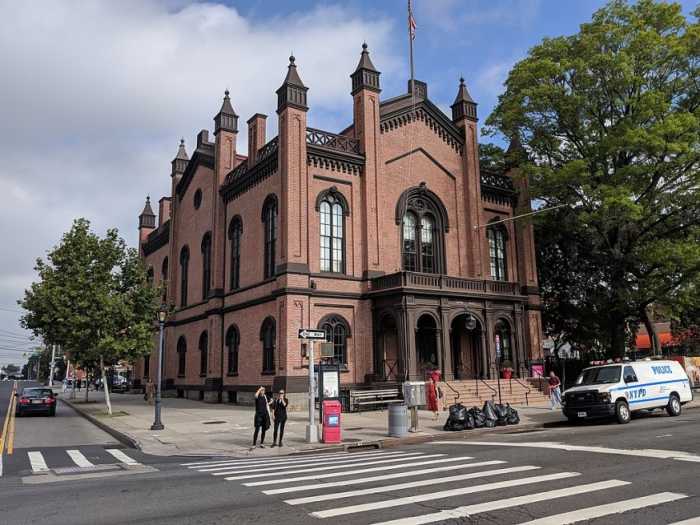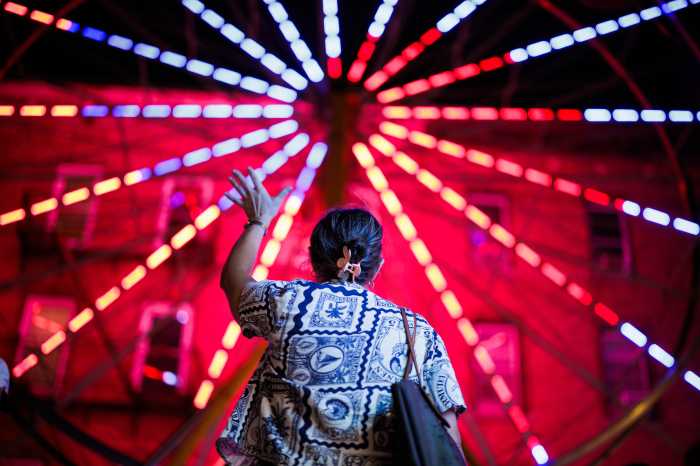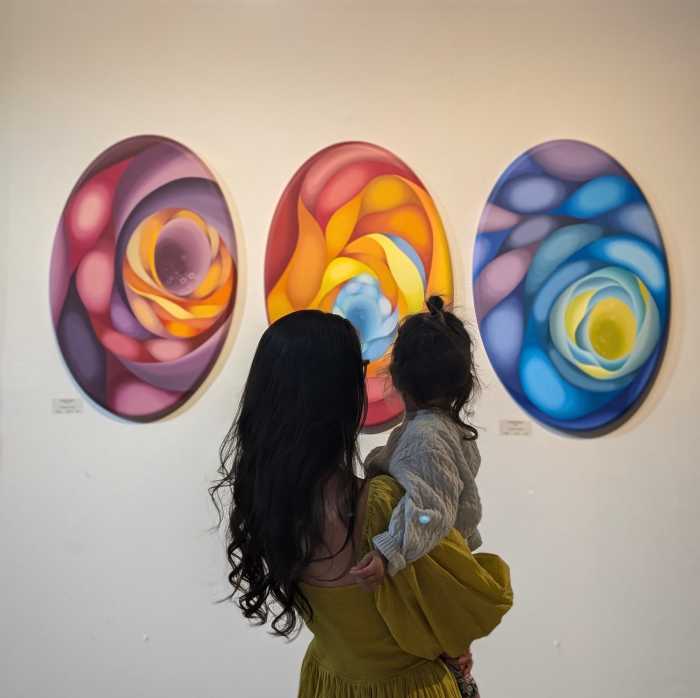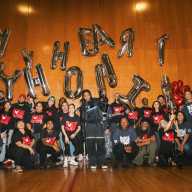By Merle Exit
Frederick Wiseman was a no-show at the New York Film Critics Circle Awards Jan. 5.
When Susan Sarandon, born in Jackson Heights, presented the award for best non-fiction film for Wiseman’s latest “In Jackson Heights,” the director was in Europe, shooting his next movie.
However, City Councilman Daniel Dromm (D-Jackson Heights), who appears in the highly acclaimed project, was in attendance to do the accepting.
“I was extremely honored to be asked to accept the award for this documentary,” Dromm said. “I was very pleased to receive the award from Susan Sarandon. As Ms. Sarandon and I both stated at the event, ‘In Jackson Heights’ has a lesson of tolerance and acceptance to teach to the rest of the world. What an honor it was to be among so many important people.”
What makes this epic three-hour documentary different from most is noticeable within its first 10 minutes.
There is not any narrator, or anyone being interviewed. Wiseman simply takes his camera and travels around the area as if he is just dropping in, with everyone seemingly oblivious to the fact that being filmed is not something that happens to them every day.
Dromm calls Jackson Heights “the most diversified community in the whole world. We have 167 languages spoken here.”
In fact, so many languages are spoken in the film, that English subtitles are provided.
“There are communities of people from every country in South and Central America as well as large groups of people from Pakistan, Bangladesh, India, Thailand, Nepal and Tibet,” Wiseman said in a statement. “They live together with the descendants of earlier immigrants to America — Italian, Jewish and Irish. The area is a true American melting pot reminiscent of the Lower East Side of New York City at the end of the 19th century.”
Those many languages are just one example of the wide variety of people and cultures who appear in the film. From Muslims praying and teaching, to Latino groups, East Indians, seniors and the largest LGBT community in Queens, the film examines the many sides of the neighborhood, as well as the issues that concern them.
Those issues, however, are not simply a Jackson Heights topic but one that much of America deals with.
There is no “town hall” here. In fact, it appears that the local Jewish Center is the largest gathering venue, particularly for seniors and the LGBT population.
A gay Latino bartender, Julio Rivera, was the victim of a brutal hate crime in 1991. It could have been brushed off by the police if the neighborhood hadn’t taken active steps to address this as a community.
Another issue involves a transgender Latina who launches a boycott of a Greek-owned pizzeria that she believes is guilty of discriminating against her and her transgender friends.
You may want to turn away when chickens at a live-poultry farm have their throats slit. You will hear the Muslim workers doing solemn prayers for the lives that are about to be taken. Business Improvement Districts become a hot topic as the livelihoods of Latino neighborhood residents are threatened by the effects of gentrification, with real-estate mongers buying out long-time “Mom and Pop” storefronts. Priced out of areas such as Long Island City, they see Jackson Heights appearing to be the next “trendy” neighborhood.
The immigrant experience is one of the largest topics of the movie. We become a part of a meeting held by a group called Make the Road, NY as its leader asks for someone to talk about their experiences of crossing the border. Celia, a middle-aged Mexican illegal immigrant, shares an approximately 10-minute-long narrative about how her daughter was abandoned in the desert by the coyotes, guides who help people cross the border, with the promise of helping her. If not for two “acts of God,” she says her daughter would have died in the desert. One of those acts involved a blinding white light in a hazy horizon; the other a sudden rainfall.
“In Jackson Heights” also has a less serious side, showing us concerts in the street, people playing instruments in a Laundromat as well as other uncommon venues, and the cheering or non-cheering of Latino groups as they watch soccer games.
“The Jackson Heights depicted in the film is a large part of the Jackson Heights that I know and love and is the Jackson Heights that people travel from around the world to visit,” Dromm said. “Jackson Heights is hot.”
If you Go
“In Jackson Heights”
When: Through Jan. 31
Where: Museum of the Moving Image, 36-01 35th Ave., Astoria
Cost: $12/adults, $9/seniors and students, $6/children
Contact: (718) 777-6888
Website: www.movin




































